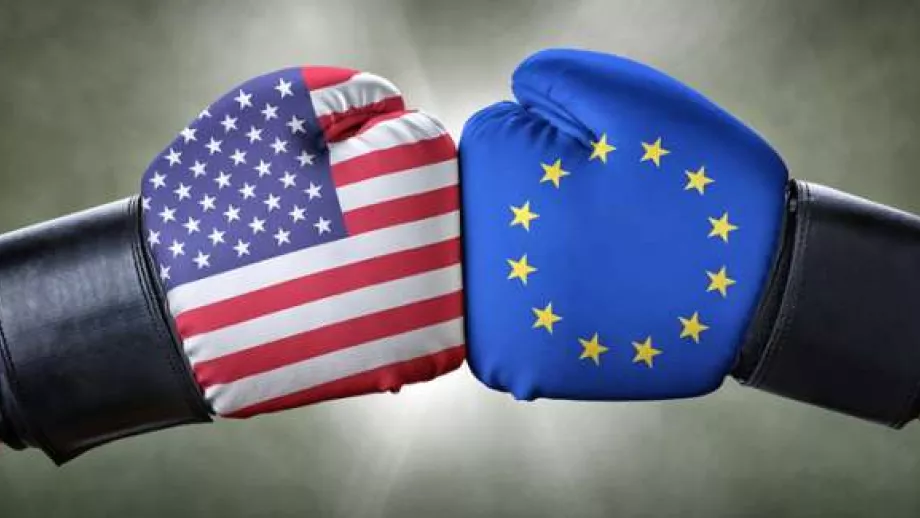For decades, the United States and Europe have been portrayed as steadfast allies — bonded by shared history, democratic values, and economic ties. NATO, the G7, and the broader Western alliance have often stood together through global crises.
But in recent years, tensions have surfaced more frequently.
Some now wonder: Is the U.S. actually working against Europe on purpose?
The answer is complicated — rooted in a mixture of strategic interests, economic competition, and diverging worldviews.
Signs of Growing Tensions
Several developments have raised eyebrows in European capitals:
1. Trade Disputes
Under both Republican and Democratic administrations, the U.S. has imposed tariffs and restrictions that hurt European industries.
From steel and aluminum tariffs to disputes over aircraft subsidies (Airbus vs. Boeing), economic friction has grown. Even in 2025, issues surrounding digital taxes and environmental trade policies remain unresolved.
2. Energy Rivalry
Europe’s energy crisis following the Russia-Ukraine war opened a new front: the U.S. supplied liquefied natural gas (LNG) to Europe — but at premium prices.
Many European leaders privately complain that the U.S. profited from Europe’s desperation, while encouraging Europe to decouple from cheaper Russian energy sources.
3. Defense and Autonomy
European efforts to build independent defense capabilities (such as France’s push for “European Strategic Autonomy”) are often met with skepticism in Washington.
The U.S. still expects Europe to rely heavily on NATO (and thus American leadership) rather than becoming too independent militarily.
4. Industrial Competition
The U.S. Inflation Reduction Act (IRA), with its massive green energy subsidies, sparked anger in Europe.
European companies feared losing ground as American industries benefited from huge government incentives — prompting European leaders to demand a “level playing field.”
Why Would the U.S. Challenge Europe?
There are strategic reasons why the U.S. might quietly prefer a weaker or more dependent Europe:
- Global Focus on China: Washington’s main rival is Beijing. A dependent Europe ensures that American power is consolidated and free to counter China without needing to accommodate a strong, independent European bloc.
- Economic Competition: Europe, especially Germany and France, remains a global industrial powerhouse. Limiting Europe’s technological or energy independence could help American businesses maintain global dominance.
- Control Within the Alliance: A less autonomous Europe keeps NATO firmly under American control, ensuring that U.S. military and geopolitical strategies face less internal resistance.
But It’s Not That Simple
Despite real competition and friction, the U.S. and Europe still need each other:
- Europe remains America’s biggest political ally on the global stage.
- Economic ties are massive: EU and U.S. trade accounts for trillions of dollars annually.
- Shared values like democracy, human rights, and the rule of law bind them closer than strategic competitors like China and Russia.
Most U.S. policymakers, while protecting American interests, recognize that weakening Europe too much could backfire, creating instability or pushing some European nations to seek other partnerships.
Conclusion: Competition Within an Alliance
The U.S. is not openly at war with Europe — but it is increasingly treating Europe as a competitor, not just a partner.
In the complex, multi-polar world of 2025, even old alliances are being redefined by self-interest, strategic recalibration, and economic survival.
Whether this evolving relationship turns into open rivalry or a refreshed partnership will depend on how both sides manage the growing cracks — before they become too wide to bridge.
























